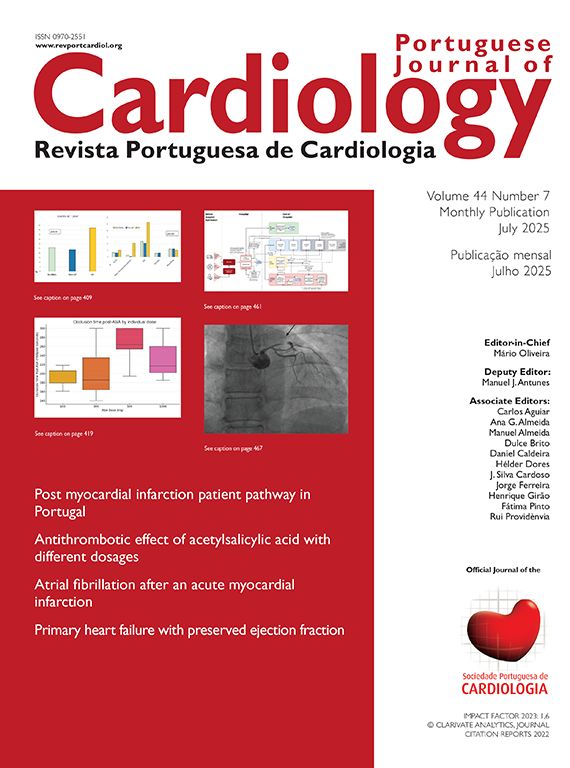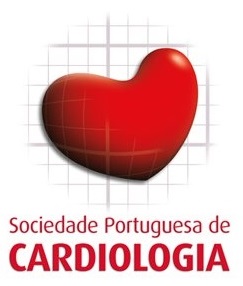Intravenous thrombolysis (IVT) and mechanical thrombectomy (MT) improve clinical outcomes in patients with acute ischemic stroke.1,2 Early therapeutic intervention is crucial to minimize the probability of irreversible damage and to reduce the impact of stroke morbidity and mortality. Several models of regional organization have been implemented to admit acute stroke patients to tertiary stroke centers, including regional telestroke networks.3 For now, it remains unclear whether one model performs better than the other, and whether different patients, including those on direct oral anticoagulants (DOAC), perform similarly in different models of organization.
According to international guidelines, while MT appears generally safe for patients with large vessel occlusion, based on the presumption of an increased risk of intracranial bleeding, a recent intake of DOACs may preclude the administration of IVT. As the number of individuals on long-term DOACs is likely to increase in the coming years, due to aging of the population and an increased prevalence of nonvalvular atrial fibrillation (NVAF), gathering information on acute stroke treatment of these patients is of the utmost importance.4
In this issue of the Portuguese Journal of Cardiology, Rodrigues et al., in a retrospective analysis of 4341 patients with acute stroke from the center of Portugal, suggest that previous treatment with DOACs (approximately 16% of patients) does not impact the performance of the regional telestroke network, highlighting its advantages, particularly the upstream selection of thrombectomy candidates.5 Based on a “drip and ship” model, this network includes seven primary hospitals and one tertiary hospital. Patients were assessed at the nearest hospital capable of performing IVT, underwent computed tomography (CT) and CT angiography, which were immediately presented to the neurologist responsible for the stroke unit at the tertiary hospital, through teleconsultation, to discuss treatment and consider subsequent transportation to this hospital for MT. Patients on DOACs were older, more often female, had a higher prevalence of hypertension, atrial fibrillation and previous stroke, and a lower prevalence of smoking, probably reflecting the increased prevalence of NVAF (the most frequent reason for the introduction of DOACs). Nevertheless, no significant differences were observed in the different time metrics, including admission to the primary hospital and transportation to a tertiary hospital, and functional outcome between patients treated with DOACs and non-anticoagulated patients. Although it is a retrospective study, the data presented underline the fundamental role of this regional network and suggest that patients on DOACs can also be managed in a “drip and ship” model. Despite this, one must bear in mind that in other models of organization, direct transportation of these patients to a tertiary stroke center may be more suitable. Moreover, it seems important to guarantee that workflow in different primary centers is the same, and that all of them perform optimally, including diurnal variations, as well as weekdays and weekends. On the other hand, it is also important to remember that while IVT is contraindicated in patients on DOACs, evidence on which to base treatment decisions in these patients is lacking.
Measuring anticoagulant activity and the use of reversal agents before IVT have been suggested as options to assure a lower risk of symptomatic intracranial hemorrhage, but uncertainty exists about feasibility, validity, availability, and costs. We also do not know how these strategies would impact the performance of a regional stroke network such as the one in place in the center of Portugal.6 Finally, it is worth mentioning that in a recently published study performed in a tertiary stroke center in Lisbon, with a different model of organization, time from stroke recognition to admission to hospital was not different in patients with known NVAF when compared to those with previously unknown NVAF. The authors of this study underlined that an opportunity to teach stroke warning signs and the need to activate emergency systems should not be ignored by physicians prescribing DOACs.7 In fact, several factors may contribute to the time interval between stroke onset and admission to hospital, including identification of stroke signs and symptoms by the patient and the community, activation of pre-hospital emergency services, and distance to the primary hospital. Although we can only speculate on the reasons behind these time intervals, taken together, data from this study and the study by Rodrigues et al. raise the question that specific education of patients with NVAF regarding the signs and symptoms of stroke the at the time of prescription of DOAC, may contribute to lowering the time of admission to hospital. It seems to be difficult to measure the effects of this type of intervention, but, in any case, physicians prescribing DOACs should be aware of the need to underline the risk of stroke in patients with NVAF, how to recognize stroke and what to do in the event of stroke.
Conflicts of interestThe author has no conflict of interest to declare.





